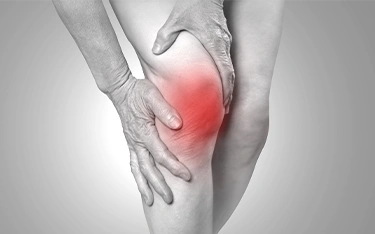Living with diabetes means paying close attention to every body part—mainly your feet. A diabetic foot ulcer is one of the most serious and common complications that can occur if high blood sugar damages nerves and circulation.
According to the Indian Journal of Endocrinology and Metabolism (2023), around 15% of Indian diabetics develop foot ulcers, and many end up requiring hospital care or even amputation due to delayed treatment. Fortunately, diabetic foot prevention is possible with simple, consistent care, lifestyle changes, and timely medical support.
This blog will provide foot ulcer prevention tips, warning signs to watch for, daily care steps, and how homeopathy offers holistic, safe support in preventing diabetic foot ulcers.
What Is a Diabetic Foot Ulcer?
A diabetic foot ulcer is an open wound or sore, typically on the bottom of the foot, that occurs due to poor circulation, nerve damage, and unhealed injuries in people with diabetes. These ulcers are slow to heal and prone to infection.
Signs You Should Never Ignore
Early detection is key. Watch out for:
- Persistent redness or swelling in the foot
- Pain, numbness, or tingling sensation
- Foot skin turning black or draining pus
- Cuts, blisters, or corns not healing after several days
- Foul smell or warmth in the foot
Dr Batra’s® Case Study Highlights
A study published in Dr Batra’s® Cured Cases Coffee Table Book – Volume 2 documents the case of a patient from the Ultadanga Clinic, Kolkata, who had been suffering from a non-healing wound on the right foot due to long-standing diabetes. Despite undergoing allopathic treatment, the wound showed no signs of recovery. After switching to homeopathy at Dr Batra’s®, the patient’s leg was successfully saved from amputation within just 15 months.
Causes and Risk Factors
Preventing diabetic foot ulcers starts with understanding the causes:
- High or uncontrolled blood sugar
- Peripheral neuropathy (nerve damage)
- Poor blood circulation
- Wearing tight or ill-fitting shoes
- Lack of foot hygiene or untrimmed nails
- Previous foot ulcers or amputations
- Smoking or obesity
Tips for Prevention of Diabetic Foot Ulcer
To reduce your risk, follow these steps for diabetic foot prevention:
- Check your feet daily for any injuries, cuts, or changes in colour
- Keep your feet clean and dry, especially between the toes
- Moisturise the soles to avoid cracks, but not between the toes
- Trim nails carefully straight across, not curved
- Avoid walking barefoot, even indoors
- Choose well-cushioned, closed shoes never tight or hard footwear
- Control blood sugar levels through diet, lifestyle, and medication
- Avoid home remedies or pricking wounds at home
- Seek medical care at the first sign of a problem
Foot Care Routine for Diabetics
Here is a simple, daily foot care routine for foot ulcer prevention
- Wash your feet with lukewarm water
- Dry gently, especially between toes
- Inspect soles and heels using a mirror
- Apply doctor-recommended moisturiser
- Wear clean, soft cotton socks daily
- Schedule regular foot exams (every 6 months)
Why Choose Homeopathy for Diabetic Foot Prevention?
Homeopathy offers a gentle, root-cause approach to diabetic complications. It helps in:
- Improving blood circulation in the limbs
- Reducing nerve inflammation and damage
- Controlling blood sugar naturally
- Boosting immunity to fight infections
- Enhancing wound healing ability
Dr Batra’s® pro tip:
“Never ignore even the smallest foot injury if you have diabetes what starts as a minor wound can silently progress into a serious complication. Homeopathy helps by improving blood circulation, boosting immunity, and accelerating natural wound healing preventing infections and reducing the risk of amputation with timely care.”




